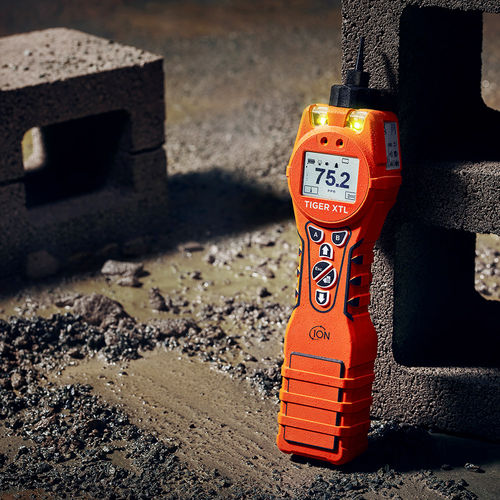
#Industry News
Effects of High Humidity on PIDs
PIDs can be affected by adverse environmental conditions.
PIDs can be affected by adverse environmental conditions, such as high humidity -- leading to false low or conversely high readings.
Humidity is a natural phenomenon and is an amount of water vapor present in the atmosphere or in a gas.
Water vapor is the gaseous state of water and is invisible to the human eye. But, we have all experienced how uncomfortable high humidity can make you feel.
Humidity comes from water evaporating from warmer bodies of water like lakes and oceans. The evaporation process is present in more humid regions like the Red Sea, the Persian Gulf, and Miami, Florida.
Rather than absolute humidity, weather forecasters as well as engineers and scientists talk about relative humidity (RH). Relative humidity is a ratio, expressed as a percentage, of the amount of atmospheric moisture present relative to the amount that would be present if the air were saturated. Since the latter amount is dependent on temperature, relative humidity is a function of both moisture content and temperature.
Joel Sobel, an SVP with Accuweather offers a simple layman’s explanation. Think of the atmosphere as a sponge that can hold a fixed amount of water, let’s say a gallon (4 liters) of water. “If there is no water in the sponge, then the relative humidity would be zero”. Saturate the sponge with half a gallon of water, then half of what it is capable of holding and that relative humidity climbs to 50 percent.
“The amount of moisture that the atmosphere can hold inversely relates dependent on the temperature”. Think of the rise in temperature as an increase in sponge size. A sponge that is half saturated with water is at 50 percent humidity. Now, increase the size of the sponge without adding more water. The relative humidity decreases because the bigger sponge is capable of taking on more moisture, and the same amount of water remains.
So, can high humidity interference affect your PID detector results? Yes. Major producers of Oil & Gas are located in the Gulf States or close to the Gulf of Mexico and experience both high temperatures and high humidity. Humidity causes inaccurate measurements because the water vapor absorbs the photons released by ionization within the sensor.
There are a number of solutions to this problem which will be released in a future subsequent guide. Find out more information regarding the effects of high humidity on PID detectors by downloading our free guide, Humidity Interference in VOC Measurements.
ION Science provides a portfolio of handheld, fixed, and portable photoionization (PID) detection instruments for the rapid, accurate detection of volatile organic compounds (VOCs). Find out more about our industry-leading range of VOC detection solutions by visiting: www.ionscience-usa.com. For personal VOC detection, ION Science offers the Cub.






